News 7/18/12
Shareholder materials from Quality Systems, Inc. (NextGen) indicate that “dissident shareholder and current Board member” Ahmed Hussein has launched his fourth attempt to gain control of the company by nominating his own slate of director candidates. In announcing his action, he said, “I am confident in the potential of Quality Systems, but a hand-picked board is allowing the non-executive chairman to be declared an independent director and act in an inappropriate executive capacity.” Most interesting is that one of his director candidates is Pat Cline, the former Quality Systems president and chief strategy officer who retired in 2011.
Reader Comments
From HIT Guy: “Re: shifting capacity in the Madison market. I know there is some behind-the-scenes software that looks for doctors making referrals out.” Insurance company Physicians Plus says it will save $30 million per year in moving services from UW Hospital to Meriter.
From Stephen Yoder: “Re: prescription drug abuse. Do you think efforts like this will help?” Any solution that involves restricting the supply and not the demand is doomed to fail – all that does is raise prices and thus profits for those selling drugs. Much of the country has been blasted out of its mind since the 1970s when Valium and Librium became the mother’s little helper of choice. Drug companies have convinced patients and doctors that everything from difficulty sleeping to minor pain requires immediate pharmacologic intervention, and you don’t hear patients complaining about popping pills. Even if you completely shut off the flow of illegal drugs, you’d still have millions of people altering their consciousness with legal ones. I don’t know the answer since routine drug use no longer carries much of a stigma when everybody’s grandma is doing it.
From Doc Martin:“Re: Martin Memorial in Florida. I’ve heard their Epic installation is not going well. Supposed to cost $80 million and now north of $100 million and still climbing. The stuff is not working well and their A/R and billings are a mess.” That’s not the case, VP/CIO Ed Collins says. They hit a few snags early, but are now meeting their budgeted revenue and A/R targets. The $80 million number was spread out over 10 years and they are pretty sure they’ll meet or beat that number. Martin successfully attested for MU Stage 1 for Medicaid and Medicare last week.
From HITEsq: “Re: McKesson lawsuit. A small Texas practice is suing McKesson for a failed EMR install. It’s not clear what happened, but there are complaints about failing to transfer patient histories, a weird HIPAA violation, and the price of hardware. They’re seeking less than $100K in damages.” It’s something about copying records from one practice to another when the former office neighbors went their separate ways, but only for patients that were moving to the new practice. The new practice’s doctor says McKesson couldn’t copy just the specific records, so they copied everything. We haven’t heard McKesson’s side of the story, but it sounds like the doc should have done more due diligence, as evidenced by complaining the lawsuit that the contract required the practice to buy the “severely overpriced” hardware from McKesson. I would hope the parties will settle instead of making their lawyers rich.
From A CEO: “Re: ambulatory healthcare IT market. Lots of rip and replace. Significant teasers from investment bankers on EHR deals. Practices that sold their souls to hospitals are getting a peek at reality.”
HIStalk Announcements and Requests
Today’s post may be a bit less comprehensive and more likely than usual to contain grammar or spelling errors. I missed work today (which almost never happens) with a temperature of 101.5 and I’m feeling less than stellar, but I’ll do what I can despite fuzzy cognition and sweat dripping onto my keyboard.
Here’s a brief Listening, involving the singer-songwriter genre, which I usually detest because I don’t like warbled twee love songs. My one and only exception: John Dawson Read, who had a modest hit or two in the 1970s and then disappeared from the music industry. I first heard this song, which he wrote about his friend Tommy Davidson (not the guy from In Living Color) going blind from muscular dystrophy, many years ago on late-night radio when it was already old, and I never forgot it despite only one listen. I just happened to run across it on YouTube this week. Pure genius. He’s even making new music after a three-decade break.
Welcome to Wellcentive, joining HIStalk as a Gold Sponsor. The Roswell, GA-based company offers solutions for population management, care management, Patient-Centered Medical Home, and accountable care. Consider its Advance Outcomes Manager, an open, cloud-based data aggregation platform that provides analytics, risk modeling, and a clinical rules engine for management population health and quality (here’s a case study from Lakeshore Health Network). Clinical decision support capabilities include care gap alerts, medication reconciliation, patient report cards, and secure messaging. It’s pretty cool that the company announced its sponsorship, although making me blush by calling HIStalk a “thought leader” (although maybe it’s my pyrexia that’s causing the blushing.) Thanks to Wellcentive for supporting HIStalk.
My predictable YouTube foray turned up this recent video on Wellcentive’s Advance Outcomes Manager, which explains it in two minutes.
Acquisitions, Funding, Business, and Stock
Zebra Technologies acquires LaserBand LLC, a maker of patient ID wristbands.
Internet-based transcription provider iMedX completes the acquisition of the medical transcription assets of Electronic Medical Transcription Services (eMTS).
Sales
Epic Medical Center (OK) selects RazonInsights’ ONE solution for inpatient clinicals, financials, and ambulatory practice management.
Hacienda HealthCare (AZ) purchases Healthland Centriq EHR for its 15-bed hospital and long-term care facility.
Pacific Health Corporation (CA), Physicians for Healthy Hospitals (CA), and Optim Healthcare (GA) select McKesson’s Paragon HIS.
People
The SSI Group announces the retirement of Bobby Smith, its founder, CEO, and president. VP/CFO James M. Lyons will replace him.
Former Vitera SVP Lee Horner joins Eliza Corporation as SVP of sales for the company’s health engagement management segment.
EnovateIT appoints Mike Wilson (Compuware) as its chief strategy officer.
Huron Consulting Group promotes Hazel Seabrook to lead the company’s clinical operations solution within Huron’s healthcare practice.
Maxim Healthcare Services appoints Andrew Friedell (Medco Health Solutions) as VP of government affairs.
Announcements and Implementations
The Hawaii Island Beacon Community announces the expansion of its Alere Wellogic HIE following a successful pilot at North Hawaii Community Hospital.
Hunterdon HealthCare Partners establishes an ACO with Aetna using Medicity’s HIE technology.
ADP AdvancedMD deploys its 2012 Summer release, which includes an iPad app, new ICD-10 tools, and workflow improvements for pediatrics.
ICA announces the launch of Kansas Health Information Network’s direct messaging capabilities.
NCHICA and Oak Grove Technologies create a mobile app of the HITECH Act Breach Notification Risk Assessement Tool. Its $1.99 on iTunes.
Amcom Software releases Version 5.0 of its critical test results solution, which it recently acquired from IMCO Technologies. It has earned FDA’s 510(k) clearance as a Class II medical device.
Botsford Hospital (MI) joins the Michigan Health Connect HIE.
Orlando Health’s neurologists use Polycom’s RealPresence to assess and treat stroke patients from their tablets. The health system will expand its use of the technology to trauma collaboration.
Aprima announces an app to provide mobile EHR access on iPhone or Android devices.
Other
The CDC finds that 55% of US doctors use some type of EHR, with 85% of them reporting being either somewhat or very satisfied with its day-to-day operations.
Weird News Andy says this is what happens when the government runs healthcare. In the UK, NHS addresses budget cuts by suggesting that all provider contracts be redrafted, to include pay cuts, elimination of overtime and holiday pay, and reduced vacation. If they don’t like it, they’ll be let go.
Two UK hospitals say that problems with their Cerner Millennium implementation caused appointments to be cancelled or were mailed to patients with incorrect dates, requiring the spending of $7 million to fix the problems. However, an independent review says the hospitals themselves were the problem – they didn’t have enough skilled employees, training was inadequate, they let IT run the project instead of operational leadership, and the trust ignored outside advice and declined to follow its own governance processes.
Sponsor Updates
- Allscripts VP of Strategic Initiatives Rich Elmore provides details of his one-year leave of absence serving as ONC coordinator for Query Health.
- MedHOK achieves 2012 Disease Management performance measures certification for its 360Care software.
- University of Louisville Hospital is using Access Intelligent Forms Suite to import electronic documents into Siemens Soarian without manual indexing.
- Beacon Partners offers a hospital roundtable discussion white paper on ICD-10.
- Surgical Information Systems releases the results of its survey showing that surgeons view technology as a tool to reduce errors and improve quality of care.
- eClinicalWorks, Allscripts, GE, NextGen, and Greenway are named among the top nine EHR vendors the Office of Inspector General in a report on the progress of EHR implementations.
- Alfa Insurance selects Kony Solutions to launch its Alfa2Go mobile app.
- Streamline Health Solutions and nTelagent enter into a joint marketing agreement to support revenue cycle improvements and patient access.
- INHS announces that 16 of its clients have been named “Most Wired” hospitals for 2012.
- Cloud-MD contracts with DrFirst to integrate DrFirst’s e-prescribing capabilities into Cloud-MD’s PM/EHR.
- Iatric Systems highlights how its PtAccess solution enabled Griffin Hospital (CT) to successfully meet Meaningful User criteria.
- Digital Prospectors Corp receives three awards in the Top 2012 Businesses of New Hampshire.
- Macadamian’s Director of Research Lorraine Chapman presents best practices at the 9th Annual Healthcare Unbound Conference in San Francisco this week.
- Culbert Healthcare Solutions promotes Tom Gantzer and Jason Drusak to managers of Epic Consulting Services.
- An AT&T-sponsored physician practice technology survey finds that 37% of practices have fully implemented an EHR. Expense continues to be the top reason practices say they’ve not done so.
Contacts
Mr. H, Inga, Dr. Jayne, Dr. Gregg.
More news: HIStalk Practice, HIStalk Mobile.


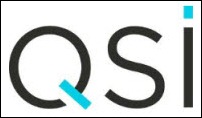







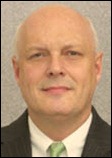
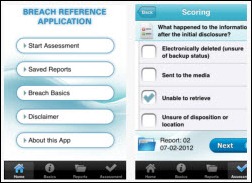






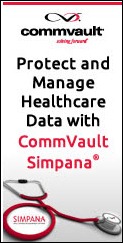


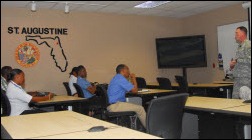



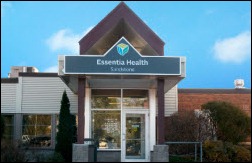

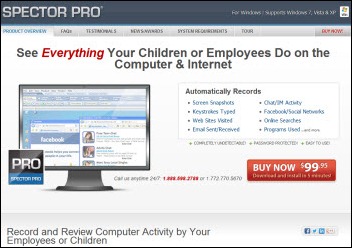



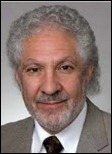



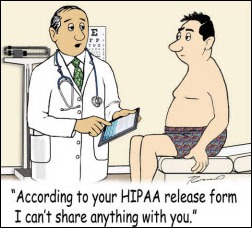
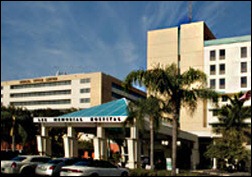

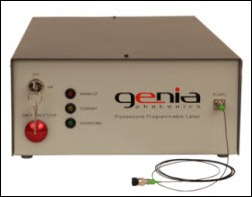


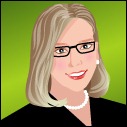
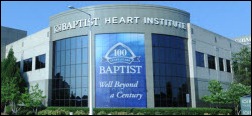


















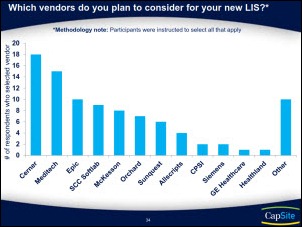

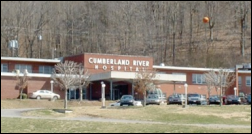
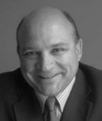






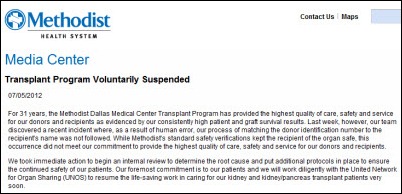
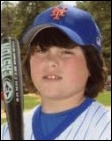

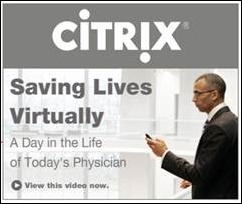

![7-3-2012 6-42-48 PM_thumb[1] 7-3-2012 6-42-48 PM_thumb[1]](http://histalk2.com/wp-content/uploads/2012/07/7-3-2012-6-42-48-PM_thumb1_thumb.jpg)


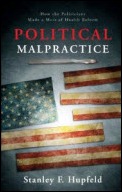


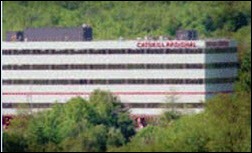
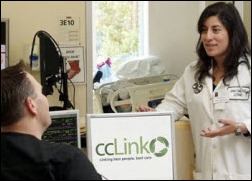
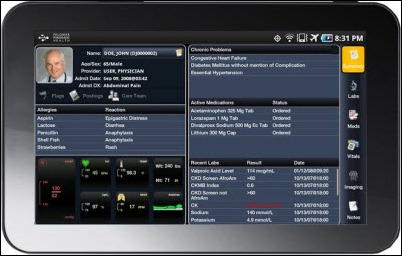

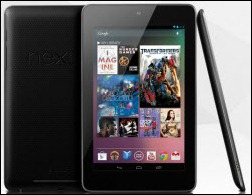
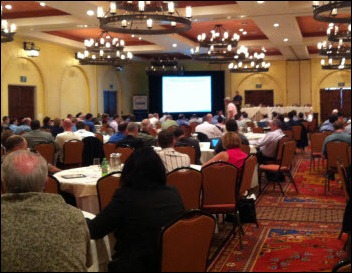
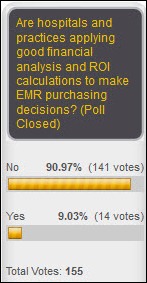






 From Convener: “HIStalk’s announcement on the Supreme Court ruling. Once again you beat Modern Healthcare and all the others, and with a more comprehensive article.” Since Mr. H is busy traveling for his hospital job, we decided in advance that I would sit by computer and TV, listen for the announcement, and send readers a quick update. The moment MSNBC said the healthcare law had been upheld, I looked for an online write-up. Above is a screen shot of what CNN posted, which obviously left me mighty confused (obviously several so-called journalists hit the “post” button for their pre-written stories after reading only the first sentence of the ruling.) Thankfully I decided CNN simply had it wrong before I blast the news incorrectly to the HIStalk universe. Boy, Mr. H would have never let me live that down.
From Convener: “HIStalk’s announcement on the Supreme Court ruling. Once again you beat Modern Healthcare and all the others, and with a more comprehensive article.” Since Mr. H is busy traveling for his hospital job, we decided in advance that I would sit by computer and TV, listen for the announcement, and send readers a quick update. The moment MSNBC said the healthcare law had been upheld, I looked for an online write-up. Above is a screen shot of what CNN posted, which obviously left me mighty confused (obviously several so-called journalists hit the “post” button for their pre-written stories after reading only the first sentence of the ruling.) Thankfully I decided CNN simply had it wrong before I blast the news incorrectly to the HIStalk universe. Boy, Mr. H would have never let me live that down. 



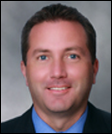
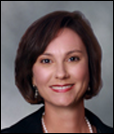


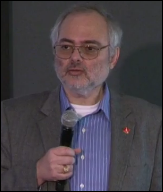


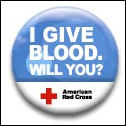
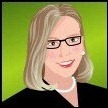





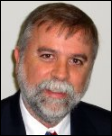










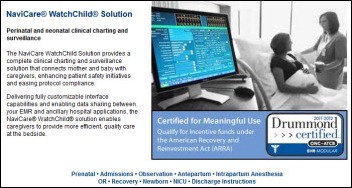
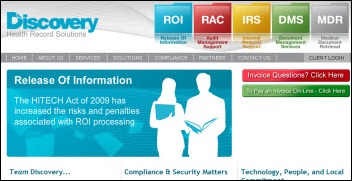
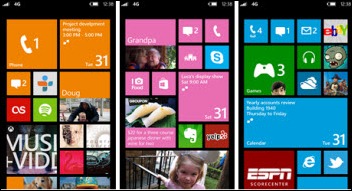

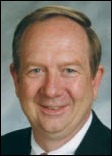

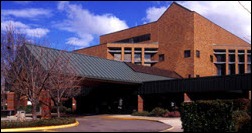





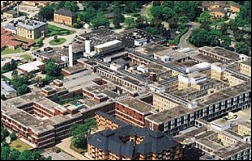



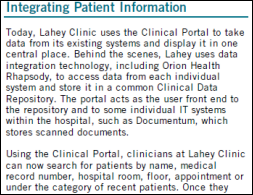




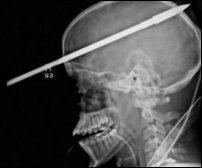









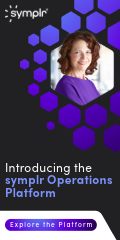

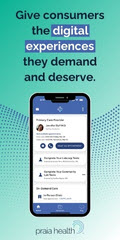





















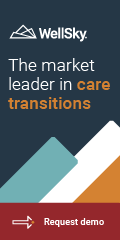
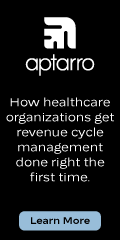



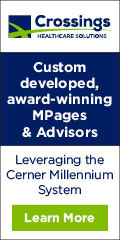
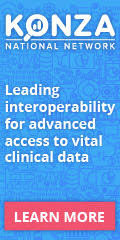



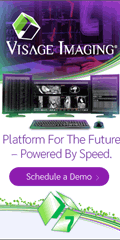
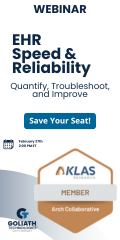






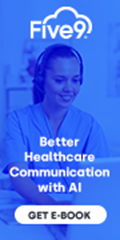
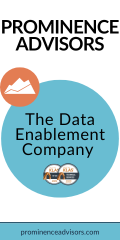





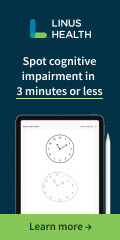









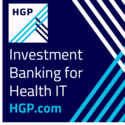


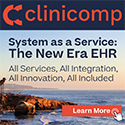


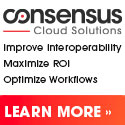


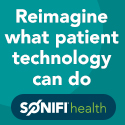



The primary point of using the Cloud is using operating expenses vs limited capital ones and avoiding having to update…